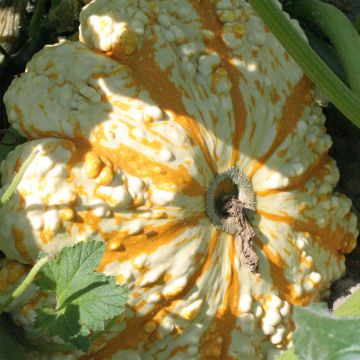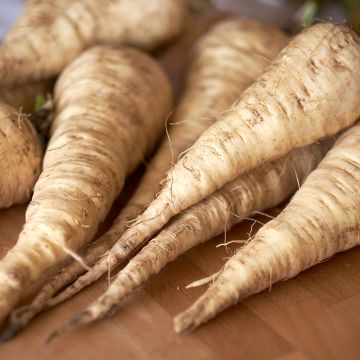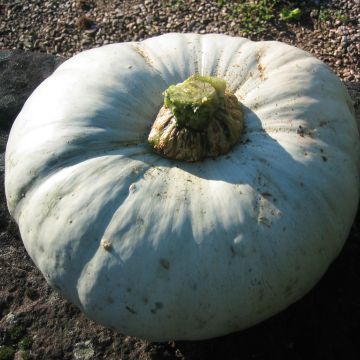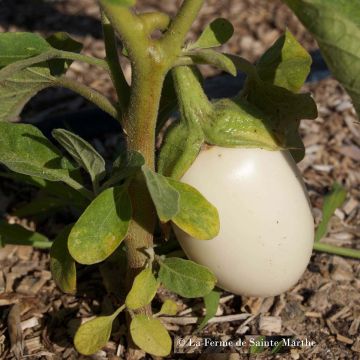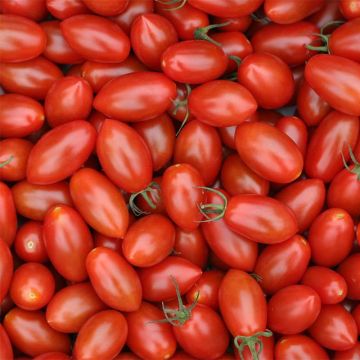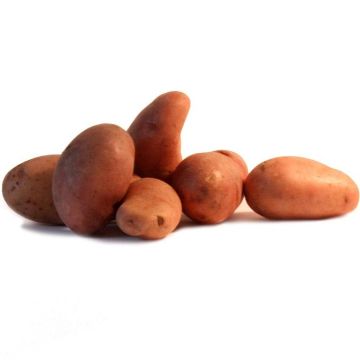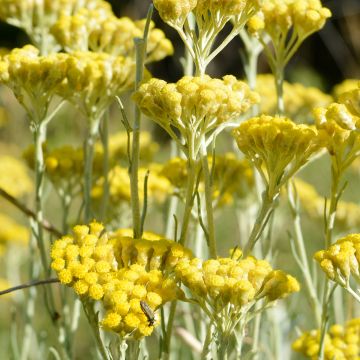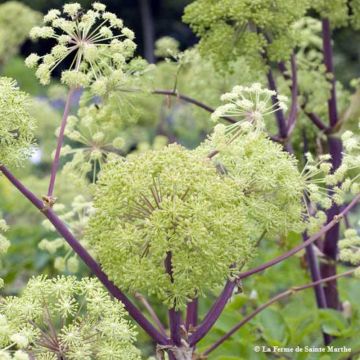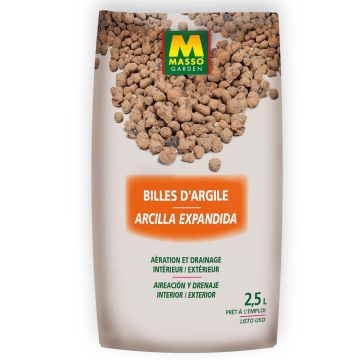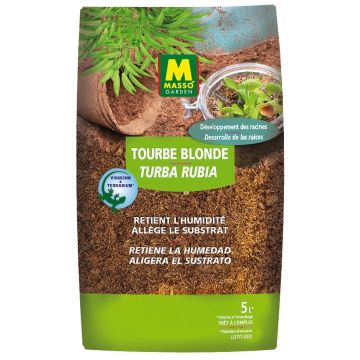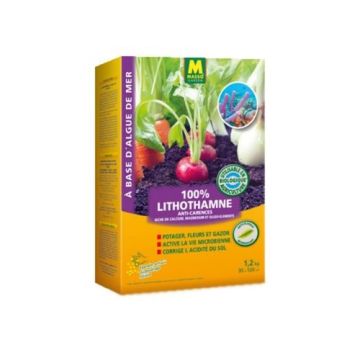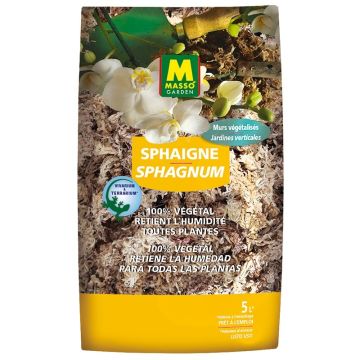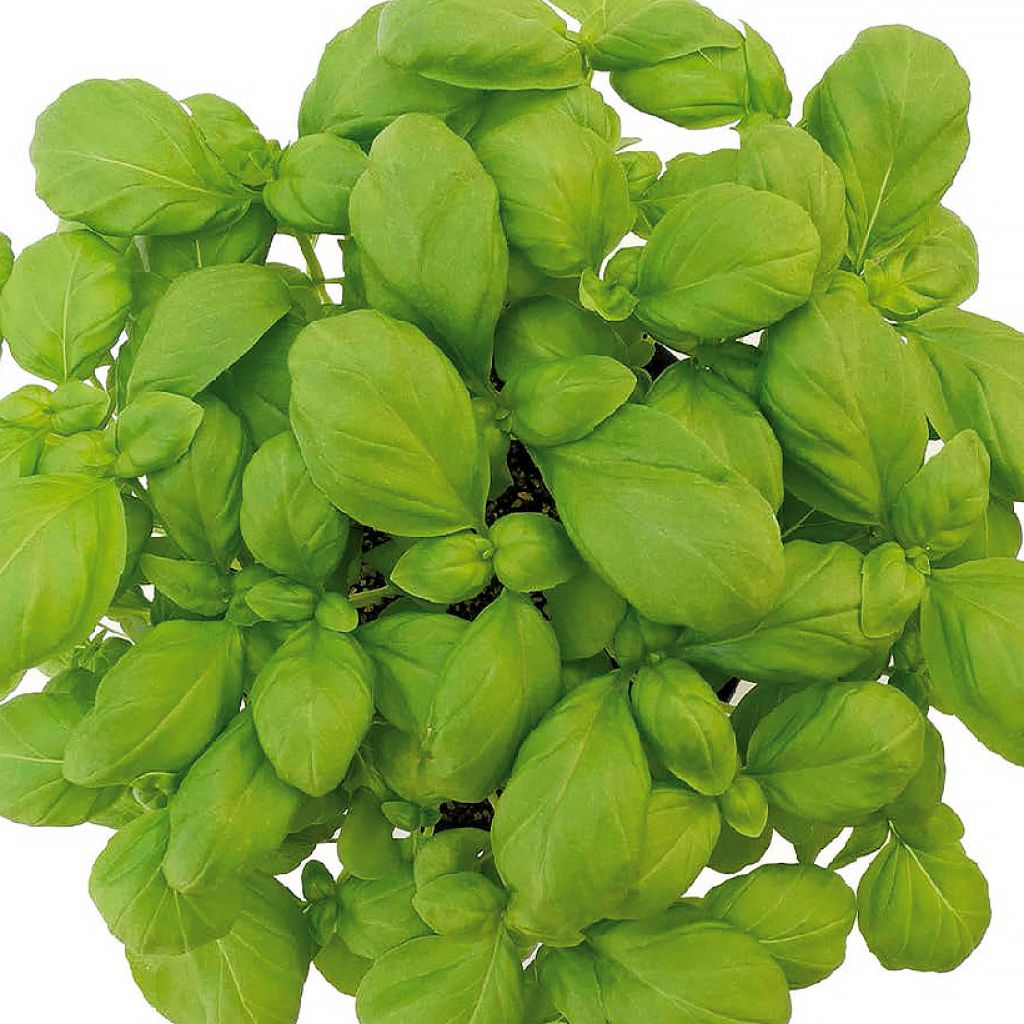

Ocimum basilicum Loki
Ocimum basilicum Loki
Ocimum basilicum Loki
Sweet Basil, Common Basil, Garden Basil, Saint Joseph's Wort
This item cannot be shipped to the selected country
Dispatch by letter from €3.90
More information
Schedule delivery date,
and select date in basket
This plant carries a 6 months recovery warranty
More information
We guarantee the quality of our plants for a full growing cycle, and will replace at our expense any plant that fails to recover under normal climatic and planting conditions.
Seed-only orders are dispatched by sealed envelope. The delivery charge for seed-only orders is €3.90.
Description
The Ocimum basilicum 'Loki' is a variety of Genovese basil that stands out for its strong resistance to powdery mildew and its dense and compact growth, reaching a height of 20 to 25 cm (8 to 10in). This vigorous variety comes from Genovese basil, traditionally cultivated in Italy for the famous "pesto alla genovese". It produces beautiful tender, wide, and wavy leaves with a lovely bright green colour. The fresh leaves are highly aromatic and flavourful. They pleasantly season salads, raw vegetables, omelettes, and add flavor to fish and pasta dishes. When harvested in bunches, this basil keeps well dried. It is perfect for growing in pots or containers on a balcony or window ledge, with regular watering, but without excess, avoiding wetting the foliage. In the vegetable garden, it prefers an airy location, in the sun, with rich and well-drained soil. Sow from March to May for a harvest that will span from June to October.
The use of basil in the Mediterranean region dates back to ancient times. In Roman culture, this plant was a symbol of lovers, while in Greek culture, it symbolized hatred and misfortune! Basil is a culinary herb used to flavour and enhance dishes. Rich in essential oils, basil has soothing, anti-inflammatory, and stimulating properties.
The 'Loki' Basil offers very high resistance to basil powdery mildew, a greyish-white powdery coating that covers the leaves, new shoots, and flower buds. In case of severe infestation, young leaves, tender stems, and even affected buds become deformed. This variety is therefore well-suited for organic cultivation.
Basil flowers contain essential oils based on eucalyptol and eugenol. Its use helps fight anxiety and infections; it is an antispasmodic and antibacterial with calming and relaxing properties.
In the garden, Basil thrives in good humus-bearing and well-drained soil. It particularly dislikes cold and excessive moisture. It should be planted in non-burning sun or partial shade. Basil is an easy and practical plant to grow in pots or containers. To maintain sufficiently rich soil, provide an annual supply of well-decomposed compost (3 kg/m²) in late autumn or early spring.
Harvest: between 6 to 10 weeks after sowing. From early summer to autumn, harvest the leaves as needed by simply cutting them by hand or with scissors. The optimal time to harvest your potent basil is when its leaves release a pleasant and appealing fragrance.
Usage: Basil 'Loki' is appreciated for its mild, herbaceous, and aniseed flavor, ideal for garnishing and flavouring fresh and cooked dishes. It pairs well with many ingredients such as tomatoes, cheeses, fruits, and meats. The leaves enhance the flavours of Italian, Thai, and French cuisine. It is well-suited for making pesto (or pesto alla genovese), a traditional condiment in Italian cuisine. It can be stored in the refrigerator in water or between paper towels.
Storage: Basil can be stored for a few days in a cool place in a glass filled with water. It can also be dried in the shade and stored in an airtight jar, although it may lose some of its fragrance.
Gardener's tip: If you use your 'Loki' basil for culinary purposes, don't hesitate to regularly pinch the plant and water it to stimulate the production of new leaves. If, on the other hand, you want intense and long-lasting flowering throughout the summer, remove faded inflorescences to initiate the formation of new flowers.
Tip: In a vegetable garden, a beneficial association consists of growing basil between each tomato plant. Basil roots secrete nematocidal substances that provide protection to tomatoes against nematodes. This association is also extremely practical as it allows for harvesting tomatoes and basil in one place, creating an ideal combination for preparing a deliciously fragrant and flavourful summer salad!
Report an error about the product description
Harvest
Plant habit
Foliage
Botanical data
Ocimum
basilicum
Loki
Lamiaceae
Sweet Basil, Common Basil, Garden Basil, Saint Joseph's Wort
Cultivar or hybrid
Annual
Other Vegetable gardens
Planting and care
Sowing and maintenance: Basil likes a fresh and loose soil, rich in humus. This plant also needs a semi-shaded exposure to develop well. Basil is sensitive to direct sunlight, as it tends to burn the leaves. Basil is a plant that is installed in the vegetable garden, but it adapts very well in a pot in a veranda or on a balcony.
Sowing: Sowing is done in spring, from February under cover or in a frame and from April in open ground until the beginning of summer. Sow in a well-spaced furrow about ten centimeters wide and 2 cm (1in) deep. The rows should be 25 cm (10in) apart. Cover the seeds with the soil removed along the furrow and then water. Germination takes between 10 to 15 days. As soon as the first plants appear, thin them out slightly. The more staggered the sowing, the longer the harvesting period will be. Sowing can be done in trays to be replanted as soon as the plant reaches 10 cm (4 to 6 leaves) high. Basil can be kept in a pot to be available in the kitchen if it is bright.
When transplanting, space your plants 20 cm (8in) apart in all directions.
Maintenance: basil requires simple watering (or preventive mulching) when the soil dries out. It is the lack of water (water stress) that can cause basil to go to seed. Pinch off the inflorescences as soon as they appear to promote leaf production. Basil is susceptible to powdery mildew, grey rot, and aphids. To prevent rot and powdery mildew, reduce watering and thin out the planting. For aphids, you can treat the plants with a mixture of water and olive oil.
Seedlings
Care
Intended location
This item has not been reviewed yet - be the first to leave a review about it.
Haven't found what you were looking for?
Hardiness is the lowest winter temperature a plant can endure without suffering serious damage or even dying. However, hardiness is affected by location (a sheltered area, such as a patio), protection (winter cover) and soil type (hardiness is improved by well-drained soil).

Photo Sharing Terms & Conditions
In order to encourage gardeners to interact and share their experiences, Promesse de fleurs offers various media enabling content to be uploaded onto its Site - in particular via the ‘Photo sharing’ module.
The User agrees to refrain from:
- Posting any content that is illegal, prejudicial, insulting, racist, inciteful to hatred, revisionist, contrary to public decency, that infringes on privacy or on the privacy rights of third parties, in particular the publicity rights of persons and goods, intellectual property rights, or the right to privacy.
- Submitting content on behalf of a third party;
- Impersonate the identity of a third party and/or publish any personal information about a third party;
In general, the User undertakes to refrain from any unethical behaviour.
All Content (in particular text, comments, files, images, photos, videos, creative works, etc.), which may be subject to property or intellectual property rights, image or other private rights, shall remain the property of the User, subject to the limited rights granted by the terms of the licence granted by Promesse de fleurs as stated below. Users are at liberty to publish or not to publish such Content on the Site, notably via the ‘Photo Sharing’ facility, and accept that this Content shall be made public and freely accessible, notably on the Internet.
Users further acknowledge, undertake to have ,and guarantee that they hold all necessary rights and permissions to publish such material on the Site, in particular with regard to the legislation in force pertaining to any privacy, property, intellectual property, image, or contractual rights, or rights of any other nature. By publishing such Content on the Site, Users acknowledge accepting full liability as publishers of the Content within the meaning of the law, and grant Promesse de fleurs, free of charge, an inclusive, worldwide licence for the said Content for the entire duration of its publication, including all reproduction, representation, up/downloading, displaying, performing, transmission, and storage rights.
Users also grant permission for their name to be linked to the Content and accept that this link may not always be made available.
By engaging in posting material, Users consent to their Content becoming automatically accessible on the Internet, in particular on other sites and/or blogs and/or web pages of the Promesse de fleurs site, including in particular social pages and the Promesse de fleurs catalogue.
Users may secure the removal of entrusted content free of charge by issuing a simple request via our contact form.
The flowering period indicated on our website applies to countries and regions located in USDA zone 8 (France, the United Kingdom, Ireland, the Netherlands, etc.)
It will vary according to where you live:
- In zones 9 to 10 (Italy, Spain, Greece, etc.), flowering will occur about 2 to 4 weeks earlier.
- In zones 6 to 7 (Germany, Poland, Slovenia, and lower mountainous regions), flowering will be delayed by 2 to 3 weeks.
- In zone 5 (Central Europe, Scandinavia), blooming will be delayed by 3 to 5 weeks.
In temperate climates, pruning of spring-flowering shrubs (forsythia, spireas, etc.) should be done just after flowering.
Pruning of summer-flowering shrubs (Indian Lilac, Perovskia, etc.) can be done in winter or spring.
In cold regions as well as with frost-sensitive plants, avoid pruning too early when severe frosts may still occur.
The planting period indicated on our website applies to countries and regions located in USDA zone 8 (France, United Kingdom, Ireland, Netherlands).
It will vary according to where you live:
- In Mediterranean zones (Marseille, Madrid, Milan, etc.), autumn and winter are the best planting periods.
- In continental zones (Strasbourg, Munich, Vienna, etc.), delay planting by 2 to 3 weeks in spring and bring it forward by 2 to 4 weeks in autumn.
- In mountainous regions (the Alps, Pyrenees, Carpathians, etc.), it is best to plant in late spring (May-June) or late summer (August-September).
The harvesting period indicated on our website applies to countries and regions in USDA zone 8 (France, England, Ireland, the Netherlands).
In colder areas (Scandinavia, Poland, Austria...) fruit and vegetable harvests are likely to be delayed by 3-4 weeks.
In warmer areas (Italy, Spain, Greece, etc.), harvesting will probably take place earlier, depending on weather conditions.
The sowing periods indicated on our website apply to countries and regions within USDA Zone 8 (France, UK, Ireland, Netherlands).
In colder areas (Scandinavia, Poland, Austria...), delay any outdoor sowing by 3-4 weeks, or sow under glass.
In warmer climes (Italy, Spain, Greece, etc.), bring outdoor sowing forward by a few weeks.

































